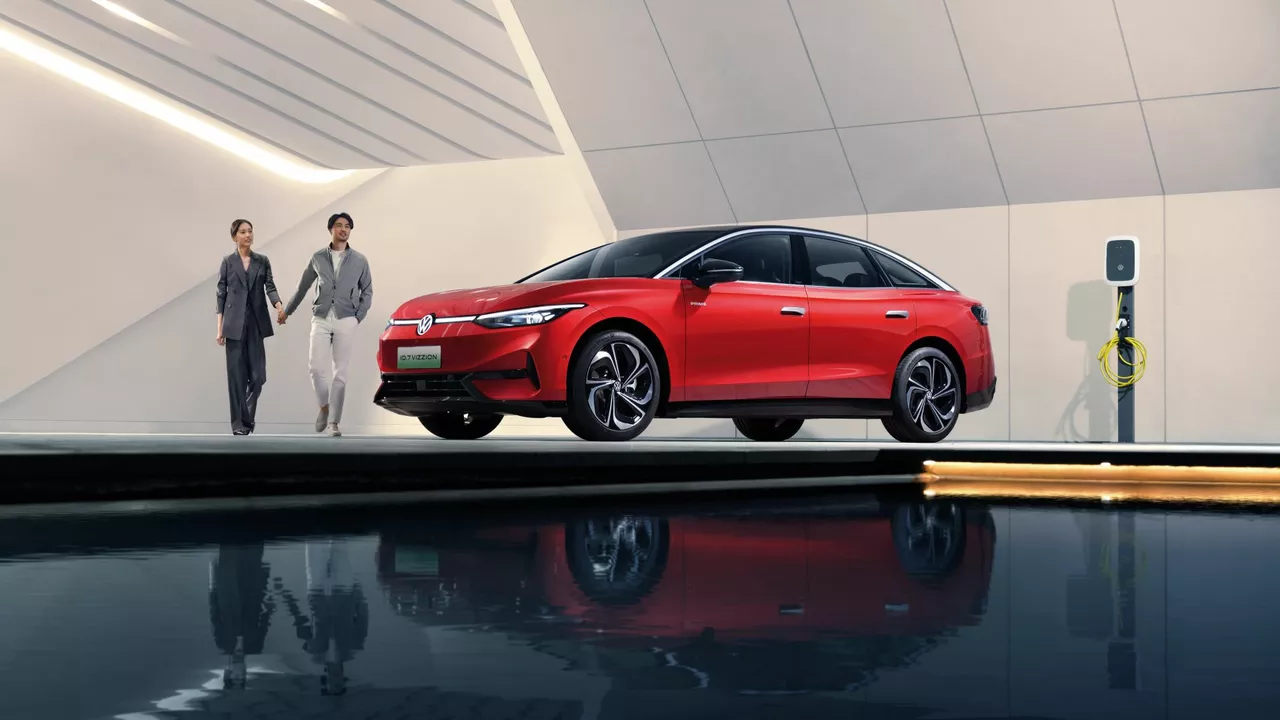Volkswagen: The Complete Guide for Car Lovers
If you love a car that blends everyday practicality with a dash of heritage, Volkswagen is worth a look. From the humble Beetle that became a cultural icon to the modern Golf that still thrills drivers, VW has something for almost every budget and taste. This guide will walk you through the most popular models, give you a quick history lesson, and hand over some real‑world tips for buying and keeping a Volkswagen running smoothly.
Top Volkswagen Models to Know
First off, let’s talk about the cars that define the brand. The Volkswagen Golf remains a bestseller because it offers a solid balance of comfort, handling, and fuel efficiency. Whether you pick the GTI for a sportier feel or the standard hatchback for daily commutes, the Golf’s build quality makes it a reliable choice.
The Volkswagen Passat targets families and professionals who need more space without sacrificing style. Its roomy interior and smooth ride make long trips feel easy, and the newer models come with advanced safety tech that’s hard to ignore.
Don’t forget the classic Volkswagen Beetle. Though production ended, the Beetle’s legacy lives on in the community of owners who love its retro look and quirky personality. If you crave something off the beaten path, the Volkswagen Tiguan offers a compact SUV vibe with plenty of cargo room and all‑wheel‑drive options for those weekend getaways.
Buying and Maintaining a Volkswagen
When you’re ready to buy, start by checking the car’s service records. A well‑documented VW shows that the previous owner cared about regular oil changes and timing‑belt replacements. Look for the VIN report to spot any past accidents or major repairs.
Financing a Volkswagen? Many dealers offer low‑interest loans on newer models, especially the Golf and Tigern. If you’re eyeing a used car, compare prices on sites like AutoTrader and set a budget that includes tax, insurance, and a little extra for a pre‑purchase inspection.
Maintenance is where most owners find the real difference. VW engines love clean oil, so changing the oil every 7,500 miles (or as your owner’s manual says) keeps the powertrain healthy. Keep an eye on the timing belt—replace it around 80,000 miles to avoid costly engine damage.
Brake pads on Volkswagens tend to wear faster than on some other brands because of the car’s heavier curb weight. Listen for squealing sounds and replace pads before they damage the rotors. Also, the VW cooling system can develop leaks in the radiator or water pump, so a quick visual check for coolant spots under the car can save you from overheating headaches.
Finally, consider joining a local Volkswagen club or online forum. Owners love sharing tips on DIY fixes, performance upgrades, and where to find the best replacement parts. You’ll pick up tricks like how to reset the service light after an oil change or which tires give the best grip without breaking the bank.
Whether you’re after the nostalgic charm of a Beetle or the modern versatility of a Tiguan, Volkswagen offers a blend of reliability and fun that’s hard to beat. Use this guide as your starting point, do a test drive, and you’ll soon know if a VW fits your lifestyle. Happy hunting, and enjoy the road ahead!
How many car brands does volkswagen own?
As a car enthusiast, I've always been curious about how many car brands Volkswagen actually owns. After doing some research, I discovered that the Volkswagen Group currently owns a total of 12 car brands. These brands include Volkswagen, Audi, SEAT, ŠKODA, Bentley, Bugatti, Lamborghini, Porsche, Ducati, Volkswagen Commercial Vehicles, Scania, and MAN. It's fascinating to see how this automotive giant has expanded its portfolio over the years to cater to different markets and customer preferences. This just goes to show the impressive influence and reach the Volkswagen Group has within the global automotive industry.
